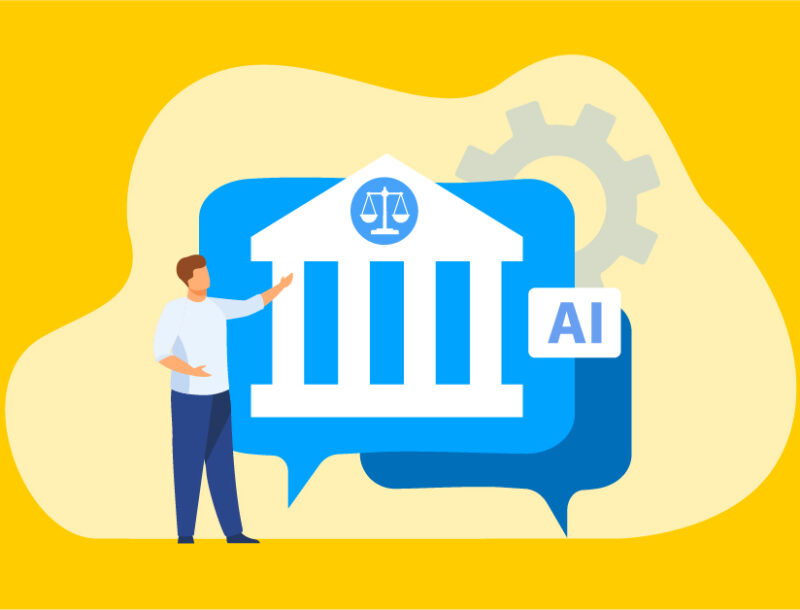Bank Compliance Insights on Managing Marketing, Social, and Third-Party Oversight

At our most recent Banking Compliance Roundtable, we gathered a group of seasoned compliance professionals to talk candidly about the challenges they’re facing today—from managing reputational risk on social media to streamlining legal reviews without compromising control.
Guiding this discussion with me was Pia Thompson, Founder & Fractional GC at lawesomeGC, a seasoned attorney and certified compliance expert with over a decade of experience advising public, PE-backed, and VC-funded companies, and who has engaged directly with regulators including the DOJ, CFPB, SEC, CFTC, FTC, OCC, FDIC, and numerous state attorneys general.
Below are the major themes and actionable takeaways from the conversation.
Social media complaints are the new frontline
Social channels have evolved into high-stakes customer service platforms. Complaints that once landed in call centers or formal letters now unfold in real-time on public feeds.
And while some can be addressed through internal escalation and thoughtful response, others pose more serious risks—including reputational damage or legal exposure.
Several attendees shared examples of social posts that included false or defamatory statements. One participant was able to get fake Google reviews removed by filing an abuse report, backed by a police case number. But the process was time-consuming and required a higher bar of proof than most internal stakeholders expect.
Pia shared a story that resonated with many:
I had a CEO who was adamant something needed to be taken down from LinkedIn. I worked my contacts, got to someone in their legal department, and they fast-tracked it. The response? ‘What are you talking about? It’s called the First Amendment.’
When removal isn’t possible—and often, it isn’t—the group emphasized the importance of well-defined complaint-handling processes.
Whether a post is defamatory, deceptive, or simply negative, having documented procedures for review, escalation, and resolution is essential. So is knowing when a public reply is appropriate to present your side of the story.
Social monitoring requires more than just alerts
One recurring point was that social risk isn’t limited to one-off comments. A single complaint may be the tip of a larger issue—something that only surfaces through pattern recognition.
That’s why proactive social media monitoring, informed by complaint trend analysis and keyword flagging, is critical. Pia noted that some of the most valuable compliance insights come from the complaint data surfaced in PerformLine reports:
You can see what’s really happening way beyond someone copying your logo. That data lets you get ahead of affiliate risk, bad actors, and systemic issues before they escalate.
Whether it’s complaints about approvals, unauthorized brand mentions, or affiliate marketing violations, real-time oversight enables you to respond before regulators or the public raise red flags.
Aligning compliance with marketing without slowing down
Nearly every attendee raised concerns about marketing teams bypassing legal review in the name of “speed to market.” Many have created review spreadsheets, workflows, or weekly check-ins, yet still find content going live before it’s approved.
One compliance leader summed up the problem: “We’re reviewing posts on social media, not in our system. That’s how we know it wasn’t approved.”
Some of the most effective solutions discussed included:
- Pre-approved templates for low-risk, high-frequency content
- Clear thresholds for what needs review versus what doesn’t (e.g., brand-building vs. product-specific posts)
- Short, recurring huddles with marketing to speed up approvals without skipping steps
Affiliate oversight remains a blind spot for many
Affiliate marketing is still a significant compliance risk, especially when companies don’t have visibility into where and how they’re being promoted. Several attendees noted ongoing challenges with unauthorized or misleading claims from partners.
PerformLine’s rulebooks and discovery capabilities were highlighted as tools for surfacing this risk, especially on lesser-known sites and social platforms.
One participant mentioned using complaint trend data to identify repeat offenders among affiliate networks, leading to better oversight and, in some cases, termination of non-compliant relationships.
Don’t let regulatory silence lull you into risk
We ended with a reminder—while federal enforcement may seem quiet, that’s not a reason to relax. In fact, several attendees reported seeing more activity from state attorneys general and warned against dismantling compliance efforts based on perceived regulatory pullback.
The CFPB’s activity may ebb and flow, but states are filling the gap. And when enforcement happens, it’s often fast, multi-jurisdictional, and headline-worthy.
We advised attendees to use this period to review internal policies, ensure disclosures match actual practices, and double down on affiliate and third-party oversight.
Whether it’s FDIC advertising rules, UDAAP exposure, or evolving state-level scrutiny, preparation now means less disruption later.


